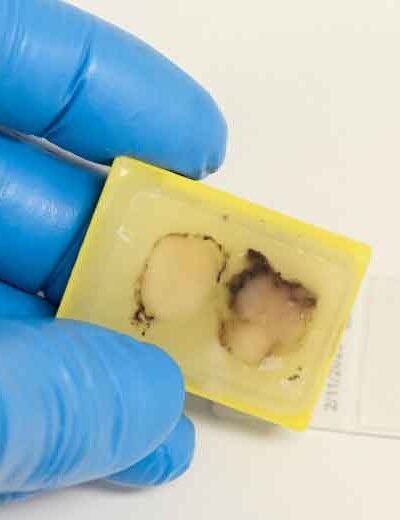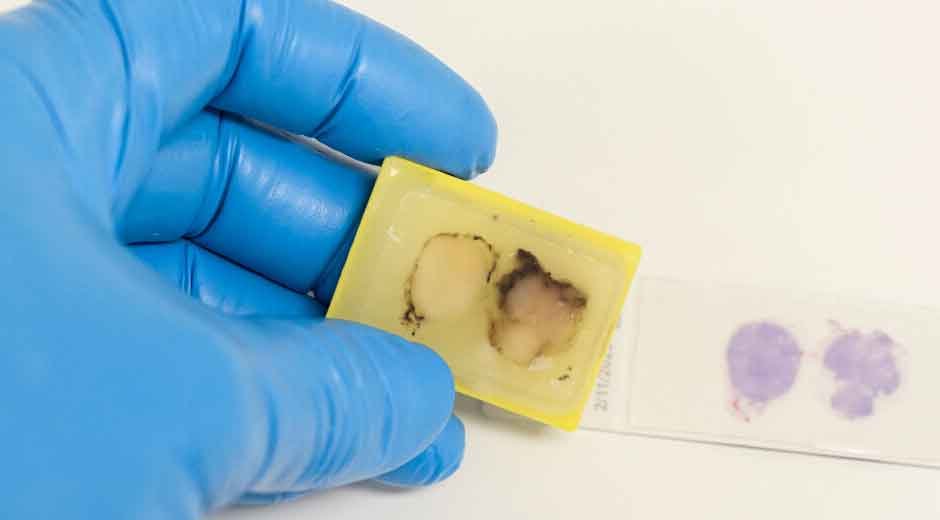Tissue-based testing plays a crucial role in diagnosing various diseases, especially cancer. But what exactly makes some tests more accurate than others? One key factor lies in the quality and preparation of the tissue samples themselves. Formalin-fixed paraffin-embedded (FFPE) samples have become a standard in tissue preservation, offering significant advantages that enhance the reliability of diagnostic tests.
Understanding Preserved Tissue Samples
FFPE samples are created by preserving tissue specimens in formalin and then embedding them in paraffin wax. This process stabilizes the tissue, allowing long-term storage without significant degradation. The main benefit is that the structural integrity of cells and the molecular components necessary for various tests are maintained. This preservation is critical for ensuring that pathologists and researchers can obtain clear and consistent results.
The Role of Preserved Samples in Diagnostic Accuracy
When tissue samples are not preserved correctly, there is a high risk of cellular breakdown, which can compromise test results. These samples, by contrast, protect tissue morphology and molecular content effectively. This allows more accurate detection of biomarkers, gene mutations, and protein expressions.
Many molecular tests, including immunohistochemistry (IHC) and next-generation sequencing (NGS), depend on the quality of the sample. Using well-preserved specimens can reduce false negatives or positives. The enhanced stability ensures that the tissue’s original biological state is retained, which is crucial for precise diagnosis and treatment planning.
Improving Tissue-Based Testing Through Standardized Sample Preparation
The process of creating these preserved samples is highly standardized. This consistency minimizes variations that can occur during tissue handling and storage. Such standardization improves reproducibility in testing, meaning different labs can obtain similar results from the same sample type.
The ability to archive specimens for years also provides opportunities for retrospective studies and ongoing research. Long-term preservation means samples can be re-analyzed if needed, adding depth to patient care and scientific understanding.
Integrating Preserved Samples into Molecular Testing Techniques
Molecular testing has revolutionized pathology by identifying specific genetic alterations and protein markers linked to diseases. These samples work seamlessly with these techniques. For example, the nucleic acids extracted from preserved tissue remain intact enough to support advanced testing like polymerase chain reaction (PCR) and sequencing. This compatibility makes them invaluable for personalized medicine approaches. Clinicians can tailor therapies based on precise molecular profiles derived from these well-preserved samples, improving patient outcomes.
Enhancing Clinical Workflow Efficiency
Using well-preserved samples streamlines the diagnostic process. Their durability reduces the need for repeat biopsies, sparing patients from additional procedures. The stable nature of these samples also facilitates quicker turnaround times in labs since less troubleshooting is needed due to sample degradation. Moreover, the ability to handle these samples in a variety of testing platforms creates flexibility in clinical workflows. This flexibility supports the integration of new diagnostic methods as they emerge, without compromising sample quality.
Supporting Advanced Diagnostic Services
Specialized diagnostic services benefit greatly from access to high-quality preserved samples. These services rely on accurate tissue characterization to provide detailed insights into disease mechanisms. The robust preservation and versatility enable precise analysis required for complex testing panels. By incorporating preserved samples into testing protocols, advanced diagnostic laboratories can deliver more reliable data. This strengthens the foundation for clinical decisions and therapeutic strategies.
The use of FFPE samples marks a significant advancement in tissue-based testing accuracy. Their ability to maintain tissue integrity and molecular stability enhances the detection of disease markers. This leads to more reliable diagnoses and better-informed treatment choices. Standardized preparation and long-term preservation also contribute to reproducible results and efficient clinical workflows. As molecular testing continues to evolve, preserved tissue samples remain a cornerstone for achieving precise and effective diagnostics.






Leave a Reply